The spotting of a rare painted bunting this year in the city of Raleigh, North Carolina has had bird and nature enthusiasts alike flocking to the Dorothea Dix Park sunflower field to get a peek for themselves.
A few parts of Wake County have recorded the painted bunting — a bird that breeds in the coastal Southeast and south-central U.S — in the past, but these have been very rare occurrences. To have this beautiful bird back, and 7 minutes from my home, was too good to pass up.
So I grabbed my camera and set out on the search!
I awoke at six in the morning and grabbed all of my birding gear: binoculars, water bottles, and a snack, and headed to the park. Birders who had seen the bunting previously had suggested going to the sunflower field, for the bird would usually perch at the top of the trees between the field and the gravel parking lot. Once I arrived, I made sure to document my outing on camera, which I later uploaded to my Instagram for others to enjoy.
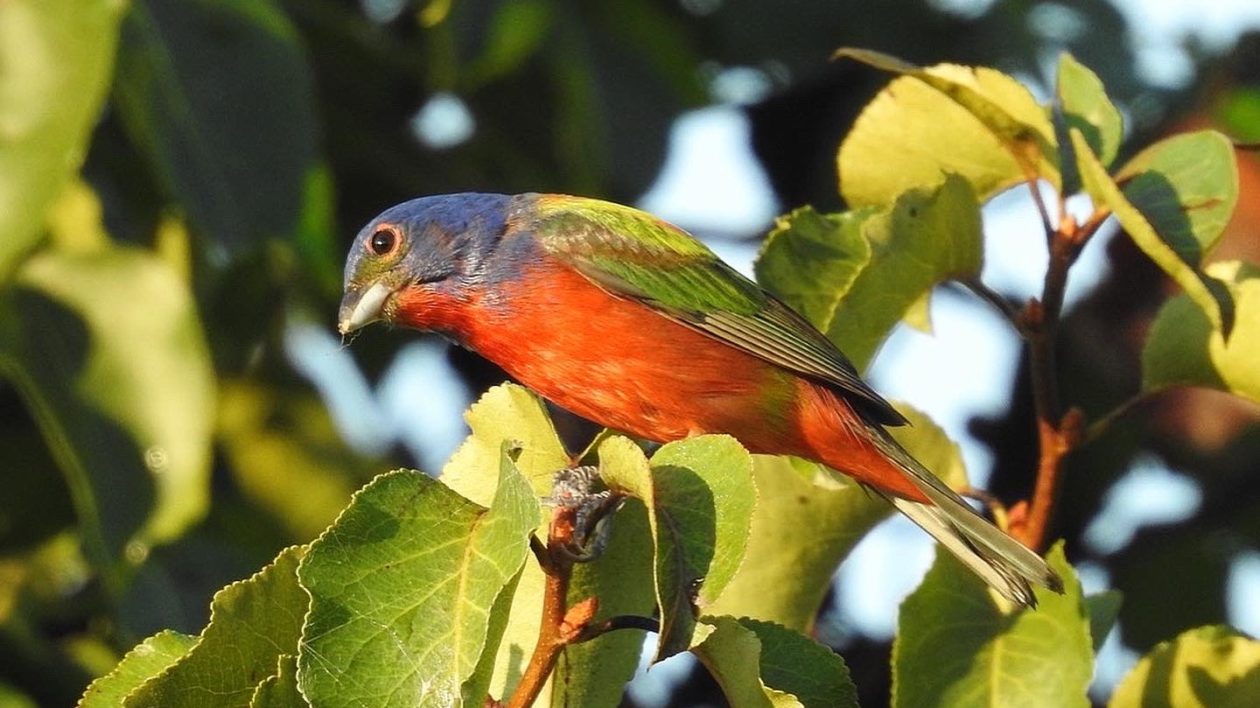
I approached a man who was already there, his camera set up and ready to go. “Are you here to see the bunting too?” I asked. He was just as enthusiastic as I was.
We both stood there for about 15 minutes. He told me he had seen the bunting flying back and forth, but the early morning dew kept fogging up his camera, so he wasn’t able to get a good photo yet. “It’s just like a bigfoot sighting,” he laughed as he showed me the blurry photo of what clearly was a painted bunting that had flown away mid-camera snap.
By then more people began to arrive, all here to see the Raleigh painted bunting. You would have thought we were all here to see a celebrity. I mean, technically we were: a bird celebrity.
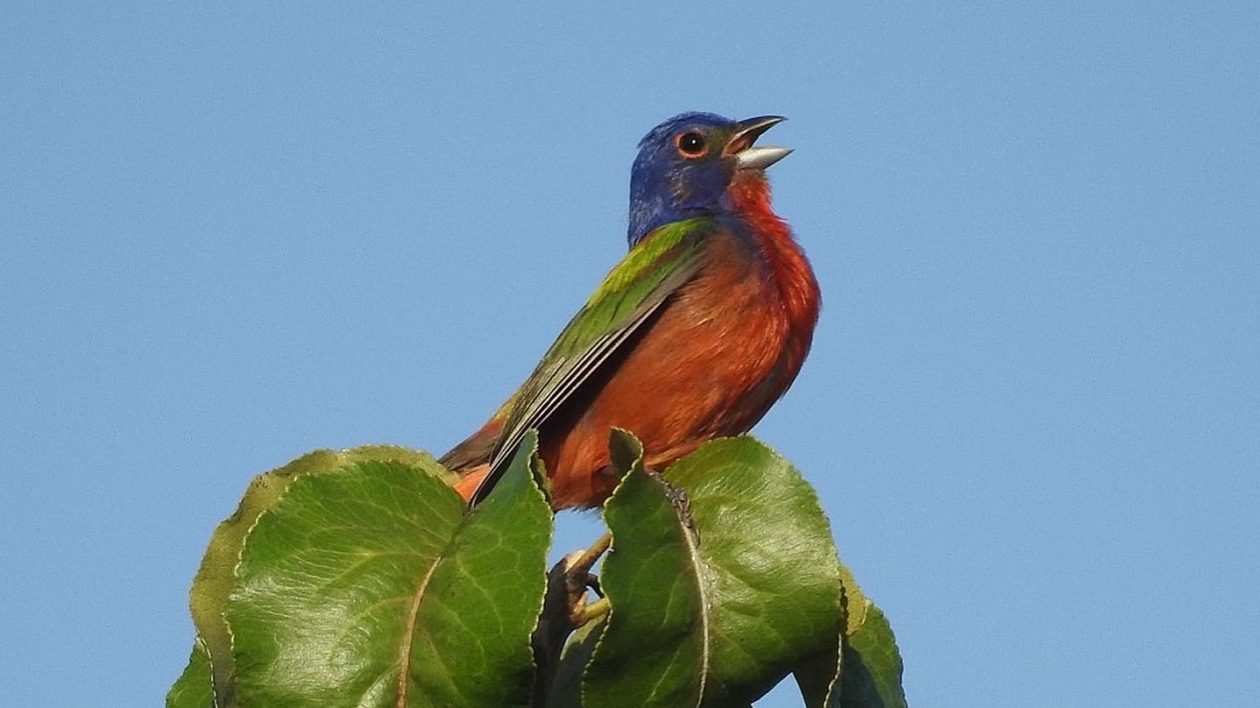
Meet the Painted Bunting
A medium-sized bird with stubby, thick, seed-eating bills, painted buntings like to forage on the ground in dense cover, among grasses, or at seed feeders. They breed in thick, grassy areas or woodland edges, and favor weedy habitats as well as the understory of a semi-open forest during the wintertime.
The painted bunting can be found in two geographically isolated populations: one across the south-central United States and in Northern Mexico, and another that occurs as a much smaller eastern population along a narrow strip of the Atlantic Coast, from northeastern Florida to eastern North Carolina.
The much smaller eastern population has gained some attention in recent years, and according to ABC Birds, many details of the bunting’s conservation status remain murky. However, following years of decline, a consensus has emerged that eastern painted buntings seem to be doing better than once believed, at least for now.
Painted buntings are a Species of Concern in North Carolina due to loss or degradation of breeding habitat. In fact, the Breeding Bird Survey has documented a general population decline for the painted bunting since 1965. They are usually found along the coast, so a painted bunting found this far inland was a rare occurrence, and one that bird lovers just had to see for themselves.
Birders love finding rarities. Some travel long distances when a species not normally seen in North America (called vagrants, in birder lingo) show up. But locally unusual species can also create a stir in the birding community. It’s fun to be a part of the excitement. Just be sure to respect the birds.
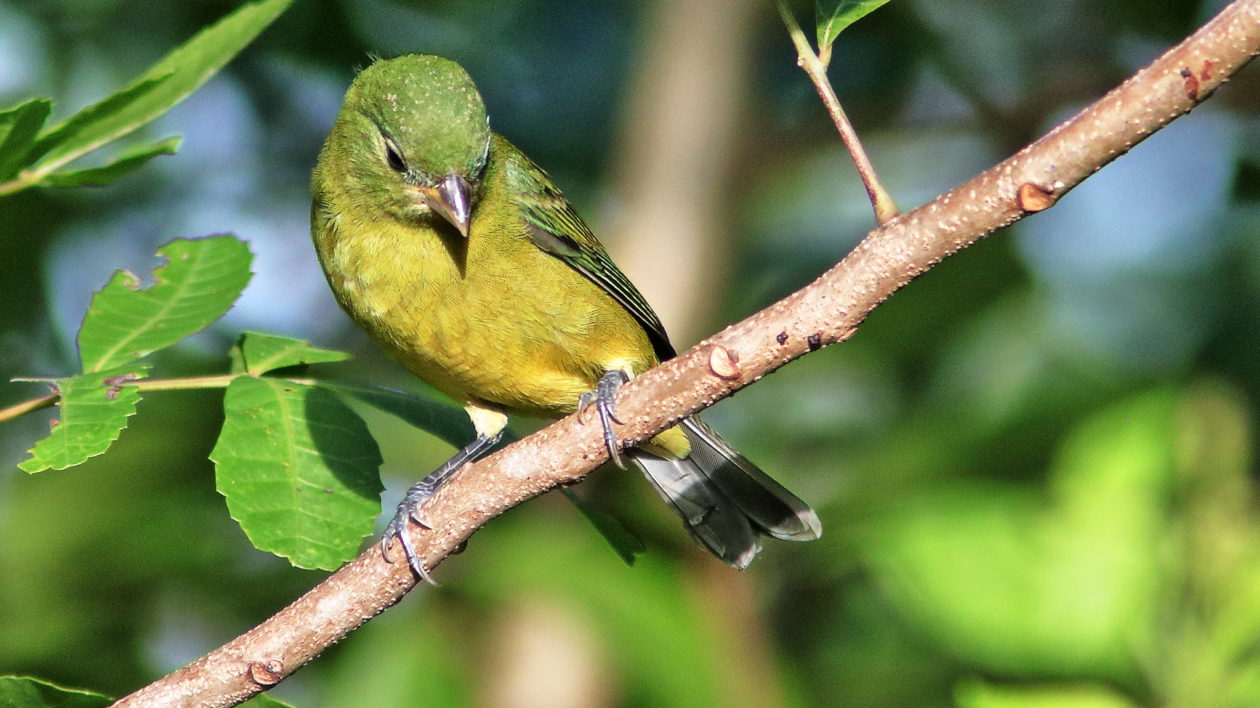
A Local Quest
A few more minutes passed as I began to walk around to the other side of the tall trees. There, I saw a bunch of people, cameras set, ready, and focused. I then heard a beautiful melody, and as I looked up, sure enough, at the top of the trees, there sung the painted bunting in all of its glory. Shades of blue, green, red, and yellow made up its plumage; these are the colors of the male. Female painted buntings will have a yellow-green plumage.
The bunting continued to give his concert, as if he knew he was the center of attention at this moment. I couldn’t tell you how many photos I took of it, I just continued to fill my camera’s memory card with photos, not caring.
The beautiful thing was that you could tell how much joy this bird was bringing to birdwatchers. With the factors from the pandemic and environmental changes continuing to still impact our city, let alone the world, it was so nice to see something so beautiful that allowed us to escape, even just for that moment.
Every now and then, a blue grosbeak or a mockingbird would come around, as if they wanted to enjoy the concert too. We were also able to see some American goldfinches and indigo buntings, all of which were enjoying what was left of the sunflowers that the park likes to plant every year.
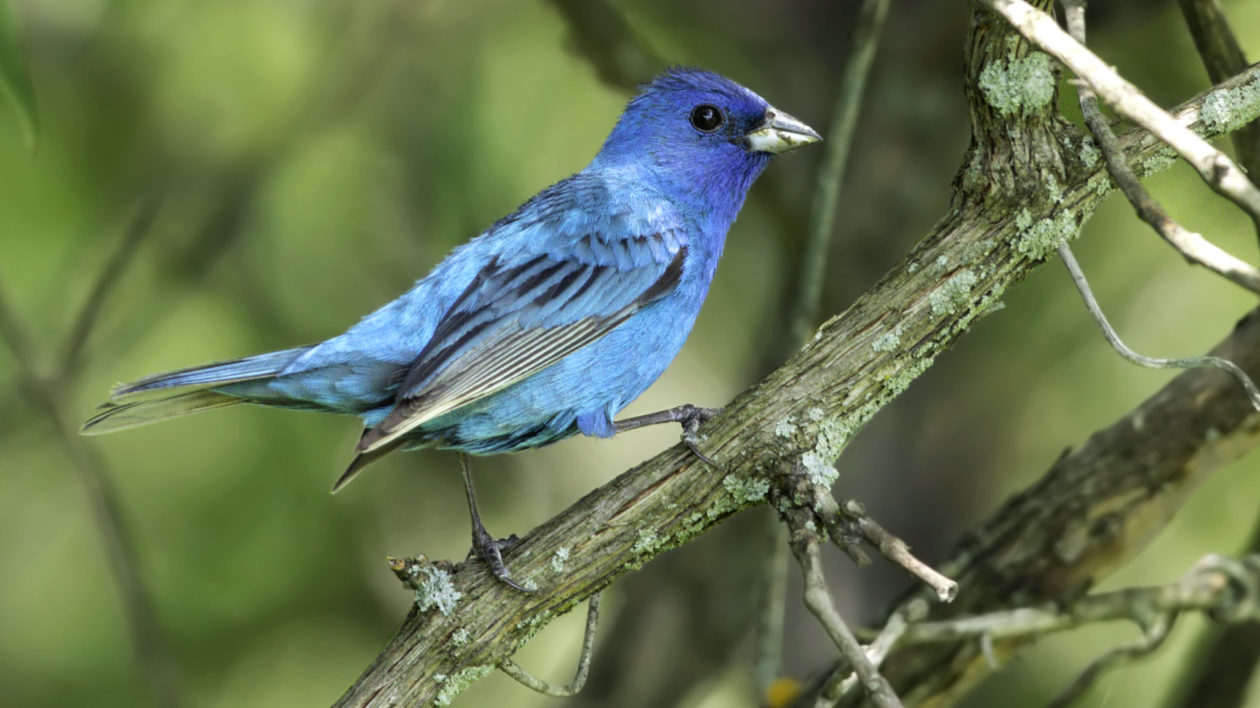
Best Enjoyed Wild
There has unfortunately been a long history of people capturing painted and indigo buntings and selling or keeping them illegally, particularly in Florida, Mexico and the Caribbean. In an article published by National Geographic in 2019, armed officers from the Florida Fish and Wildlife Service confiscated a painted bunting along with other songbirds from someone who was keeping them as pets.
After seeing this bird in the wild for myself, it should be no one’s pet or in any cage for that matter. Everyone should be able to enjoy it in the wild, in its natural habitat.
As the painted bunting made his way to the other side of the trees, everyone thanked him for his beautiful solo as we began to pack up and head out. I was so overjoyed to have witnessed this lifer moment. When I got home, I quickly unpacked my gear and went through all my photos, sharing my favorites on social media.
My fellow social media followers went crazy. “It’s like a literal painting come to life!” many said.
That it is my friends. That it is.
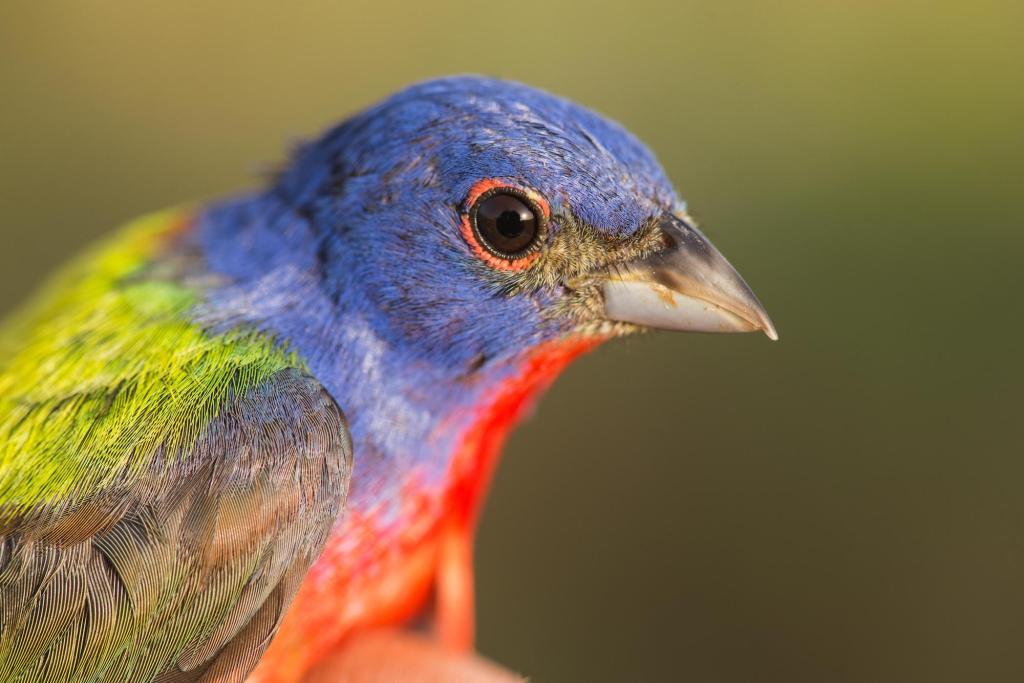



Great piece! I went on a successful painted bunting observation journey to SE NC this spring and was not disappointed. Love that Wake County was a suitable space for one – even temporarily.
Glad everyone present was able to witness the bunting , in all his glory. Not every article leaves out the fact that birders log their sightings and add to some list as if it was a competition, instead of joyful experience. Thank you for leaving that out. Not everyone is in to competition.